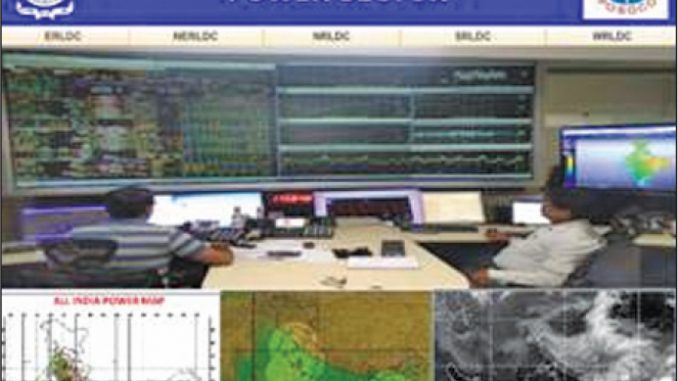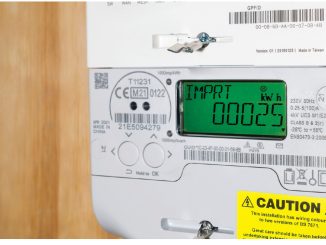
On May 18, 2015, an MoU was signed between the India Meteorological Department (IMD) and the Power System Operation Corporation (POSOCO) for the optimum use of weather information by power system operators across the country for better grid management. To this end, a weather portal was launched in June 2017 for the five regional load despatch centres.
According to the Ministry of Power, “Day-to-day weather variations have an impact on load demand and energy production, transport and distribution management, as well as energy prices. Extreme events such as heat or cold waves, wind storms and floods can have a significant impact on the production or on the power grid of a country, causing physical damage to infrastructure.” The weather information available on the portal is expected to help state discoms take proactive steps regarding short-and medium-term management processes, supply planning, and infrastructure availability planning to ensure cost-effective and reliable supply.
Contents of the portal
The weather portal provides information on several topics. These include:
- Regional summary: It provides the regional weather outlook for the current day and up to the next seven days. For this purpose, the weather stations of the meteorological department have been mapped to the nearest electrical station/power stations in each state.
- Nowcast: This provides weather forecasts for a short period ahead. It is updated every three hours.
- Weather warning: A nowcast warning is issued for the next three hours in case of a sudden weather change.
- Radar: The doppler weather radar (radio detection and ranging) on the portal generates different displays and derived products of practical utility based on standard algorithms. These displays are updated every 10 minutes.
- Satellite images: For satellite images, INSAT 3D is being used to monitor the weather. The images are updated every 30 minutes. This is useful for tracking cloud vectors, cyclones, etc.
- Meteogram: The weather portal also has a meteogram, which provides plots for meteorological variables such as rainfall, cloud cover, temperature, humidity, wind, speed, sea level and thunderstorms for 10 days, with a resolution time of three hours. Each meteogram gives information for a 10 km radius and is available for 450 locations.
- Region-specific forecast: The portal also provides region-specific forecasts such as bay bulletins, coastal area bulletins, and cyclone and port warnings.
- METAR: This is a format for reporting weather information. A typical METAR contains data regarding temperature, dew point, wind direction and speed, precipitation, cloud cover, visibility, and barometric pressure.
Discom experience
According to the Forum of Load Despatchers (FOLD), BSES Rajdhani Power Limited (BRPL) has been using the information available on the portal on a regular basis. Features like meteogram, nowcast, forecast, warning and radar have been most relevant for the discom’s licence areas. A case study by FOLD highlights how BSES has been using the portal. The last week of March 2017 was predicted to be very hot and dry. Therefore, BRPL sent a note to the Delhi SLDC along with the meteogram predicting high temperatures. This prompted the Dadri thermal power station’s units to be brought on bar to meet the growing power demand in time. Subsequently, there was a prediction of rainfall and hence a fall in temperatures after April 4, 2017, which helped in anticipating a fall in demand. This helped in deferring the decision to bring to bar another unit of the Dadri power station. In fact, the continuous tracking of rainfall movement during April 4 and 5 helped in backing down generation in advance to some extent (about 60 MW), which resulted in the lowering of underdrawals in real time.
Similarly, Uttar Pradesh has benefitted from the weather portal. The Uttar Pradesh SLDC used the meteogram, and wind and rain forecasts during the last week of May 2017 to assess the load of the state’s control area. As anticipated, the state’s demand went down from 19,000 MW to 17,000 MW due to a change in weather conditions. Short-term open access and power exchange purchases also reduced by 2,000 MW, thereby helping to back down costly thermal generation.
The way forward
Going forward, the web portal will be updated regularly based on the availability of information with IMD and as per the needs of grid operations. Pop-up weather alerts will also be available on the home page. The meteogram will be customised to Indian standard time, making data available in a format that makes it easier to integrate with demand forecasting models. Solar irradiance forecast and real-time data are also likely to be available on the portal to facilitate solar power generation forecasts. With power demand closely linked to weather patterns, weather intelligence is becoming a powerful tool for discoms, helping them proactively allocate resources. With further customisation, this tool will be of great use for the power sector.



